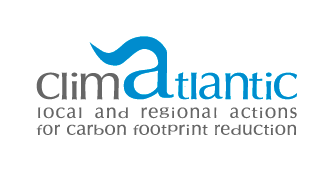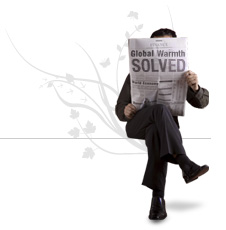NEWS & EVENTS : MOBILITY

Transport causes 25% of EU GHG emissions & air pollution, noise and habitat fragmentation
08.06.2015
The economic recession led to reduced pollutant emissions by lowering transport demand. Transport is still responsible for 25% of EU greenhouse gas emissions, and contributes significantly to air pollution, noise and habitat fragmentation.
contenidosriet //
While progress has been made in meeting certain policy objectives, including efficiency and short-term greenhouse gas reduction targets, major challenges remain toward meeting longer term objectives. The European Commission's target of a 60% reduction in greenhouse gas emissions by 2050 will require significant additional measures.
Transport is highly dependent on oil. 95% of all kilometres travelled (both passenger and freight) in the EU are powered by oil derived fuels (TERM 2014 report).[1] The combustion of this oil releases pollution in the form of emissions, which place significant burdens on human health and the environment. In 2012, the transport sector (including bunker fuels) accounted for 24.3% of total EU GHG (greenhouse gas) emissions.
Emissions of air pollutants from transport have generally declined over the past two decades. However, around 90% of city dwellers in the European Union (EU) are still exposed to air pollutants at levels deemed harmful to health by the World Health Organization (WHO), and transport is a large contributor to this. Transport also causes noise impacts. Road traffic exposes more people to harmful levels of noise than any other source, followed by rail and aircraft (see SOER 2015 briefing on noise). Data also show that fragmentation due to transport infrastructure and urban sprawl constitutes a growing threat to many wildlife populations via reduced connectivity among habitats, becoming increasingly isolated.
Transport demand, fuel consumption, and transport-related GHG emissions have all increased since 1990. They peaked around the beginning of the economic crisis and have shown unstable trends since.
EU measures to reduce transport emissions have included the introduction of fuel-quality standards and exhaust-emission limits for air pollutants and CO2. They have also included the incorporation of the transport sector into national emission-limit calculations for both air pollutants[2] and GHGs (under the EU Effort Sharing Decision).[3]
The European Commission's White Paper on Transport[4] is a further political response to these issues. It was designed to guide future policy developments in the transport sector over the next decade and in accordance with the long-term EU objective to reduce GHG emissions by 80–95% by 2050.[5] The White Paper calls for a reduction of CO2 from transport of at least 60% by 2050 from 1990 levels. It envisages the target being met by a combination of new technology and more efficient use of existing technology.
For more information:
http://www.eea.europa.eu/soer-2015/europe/transport








